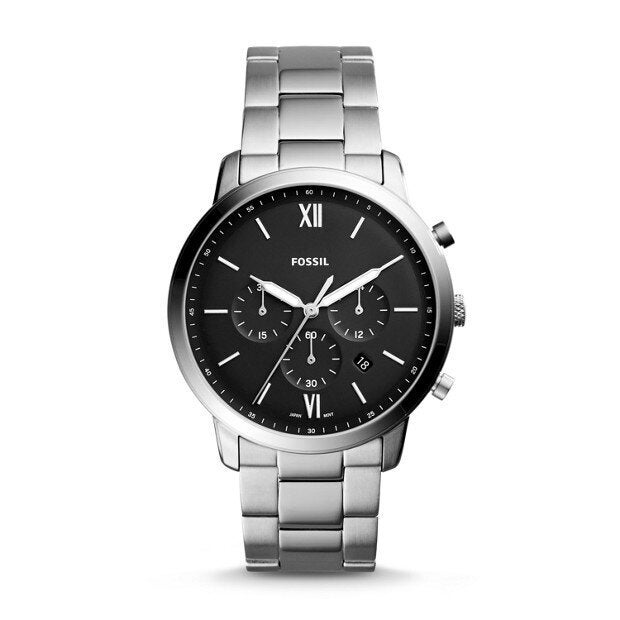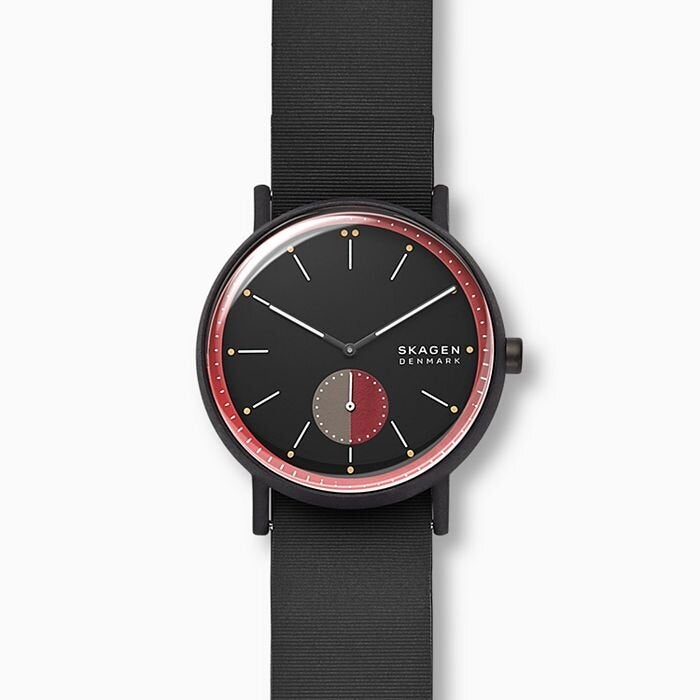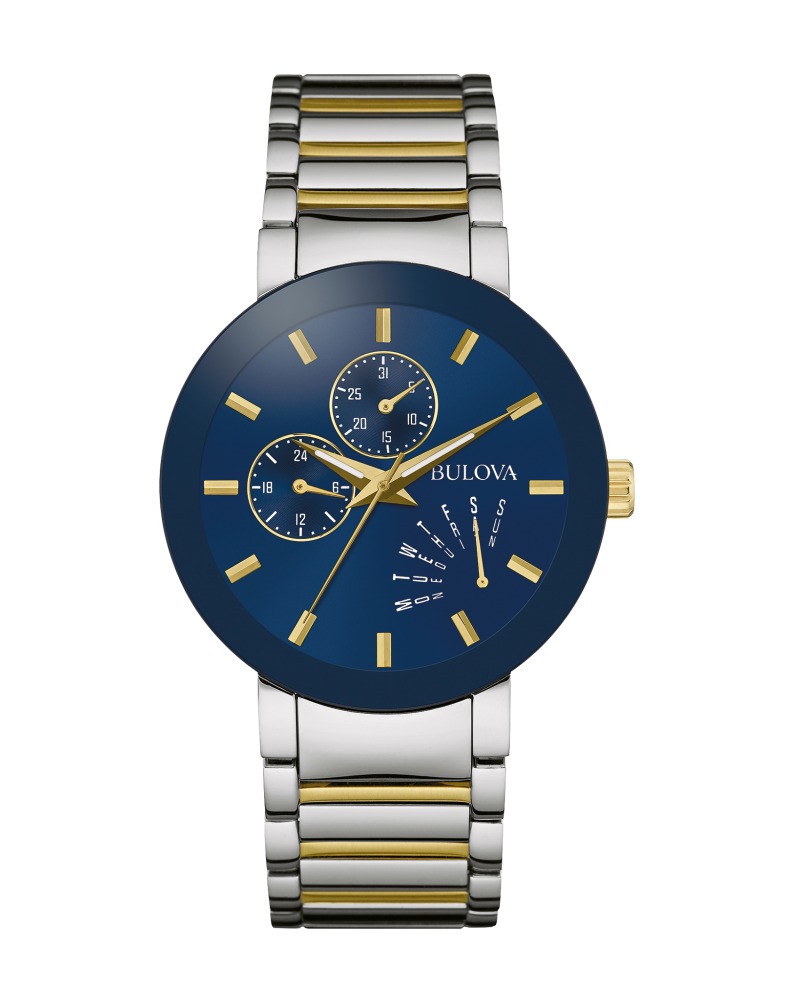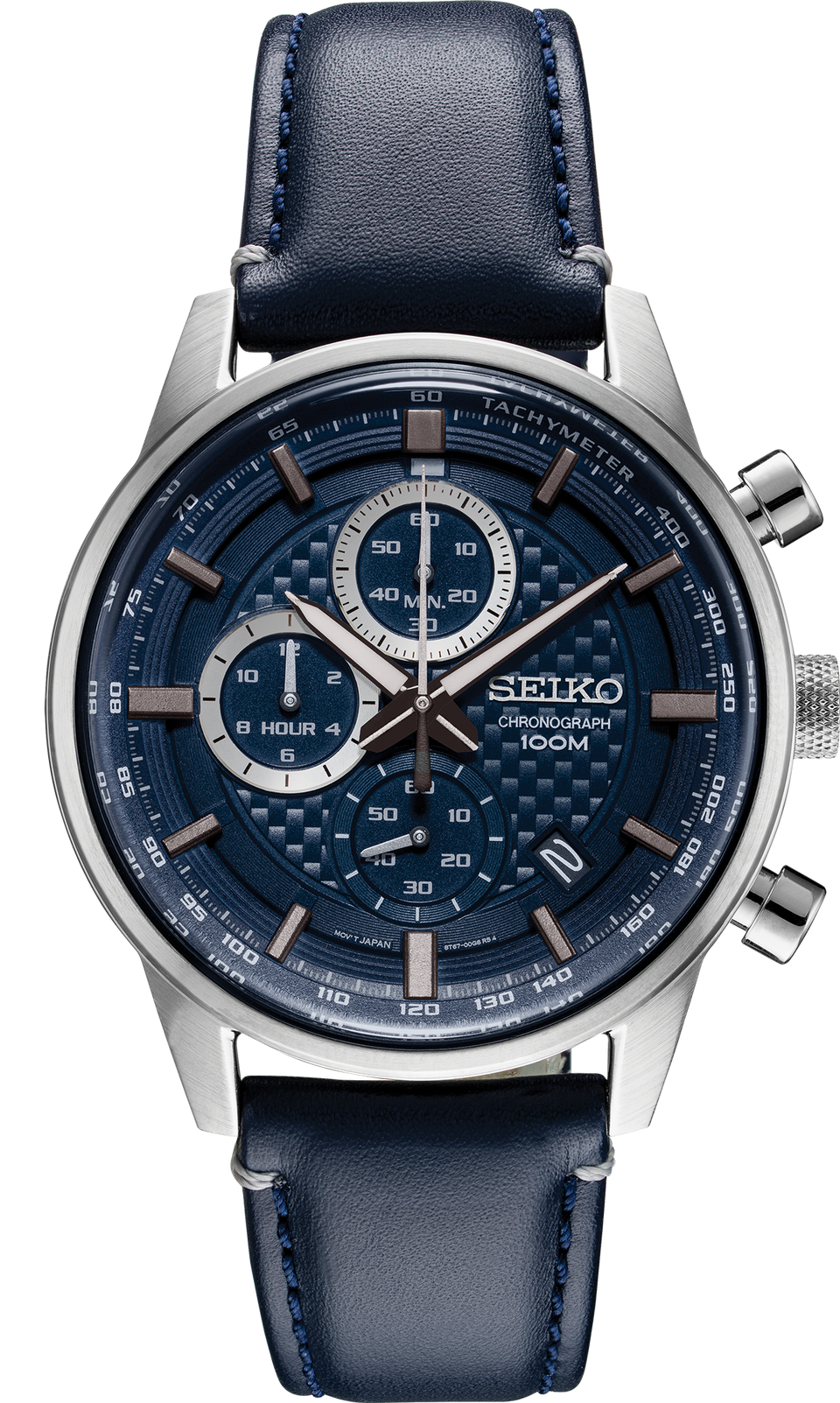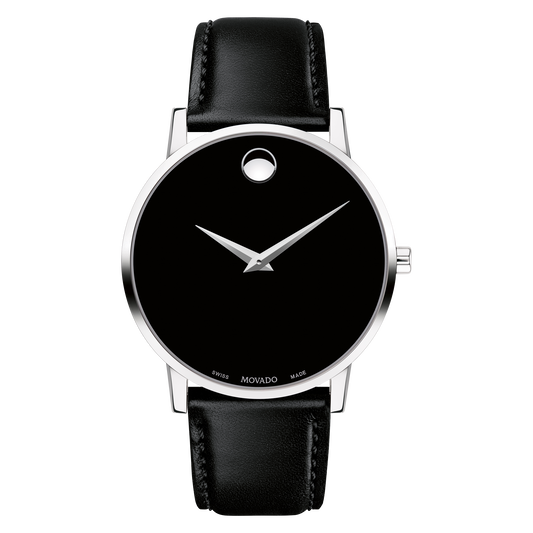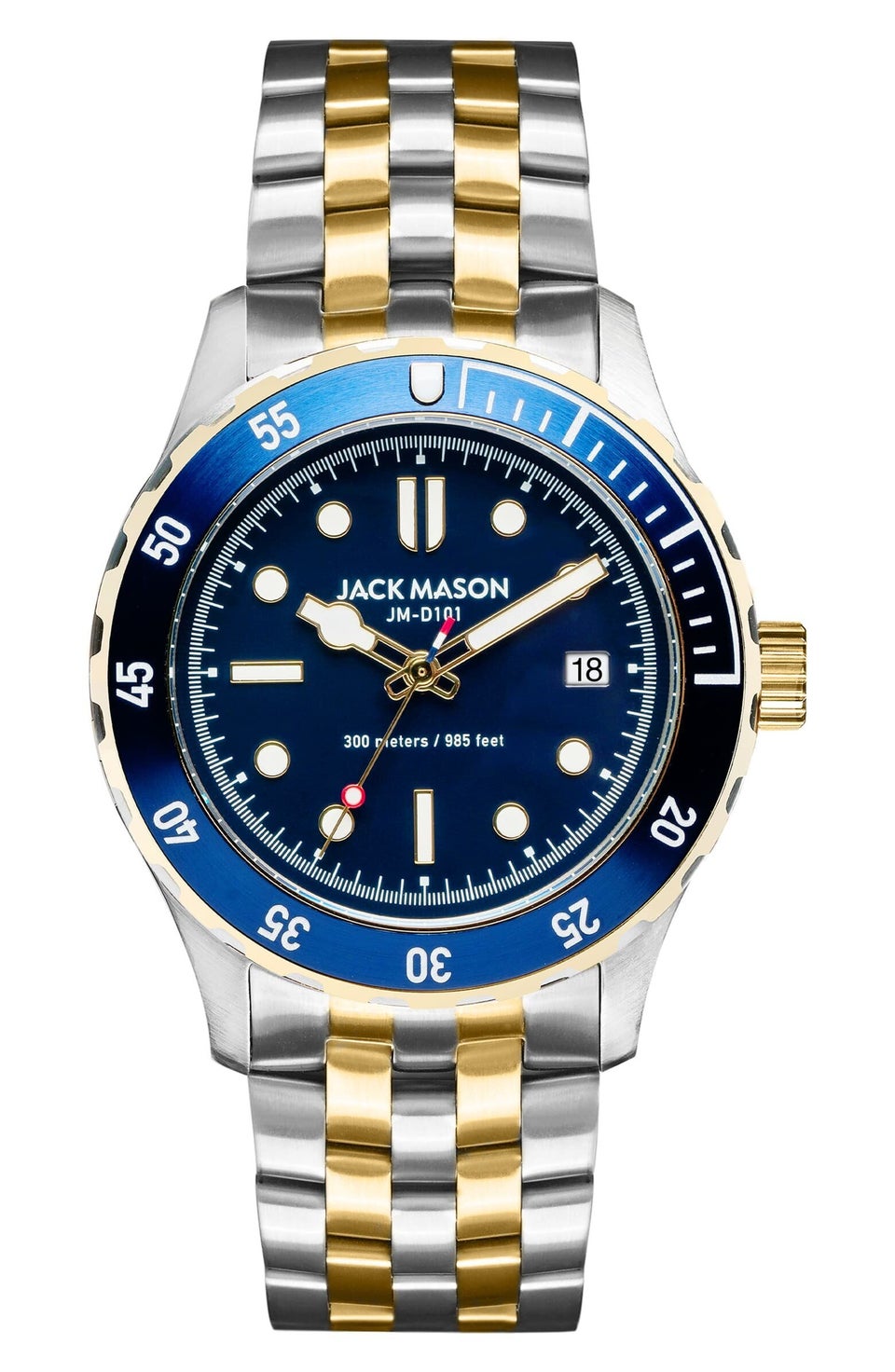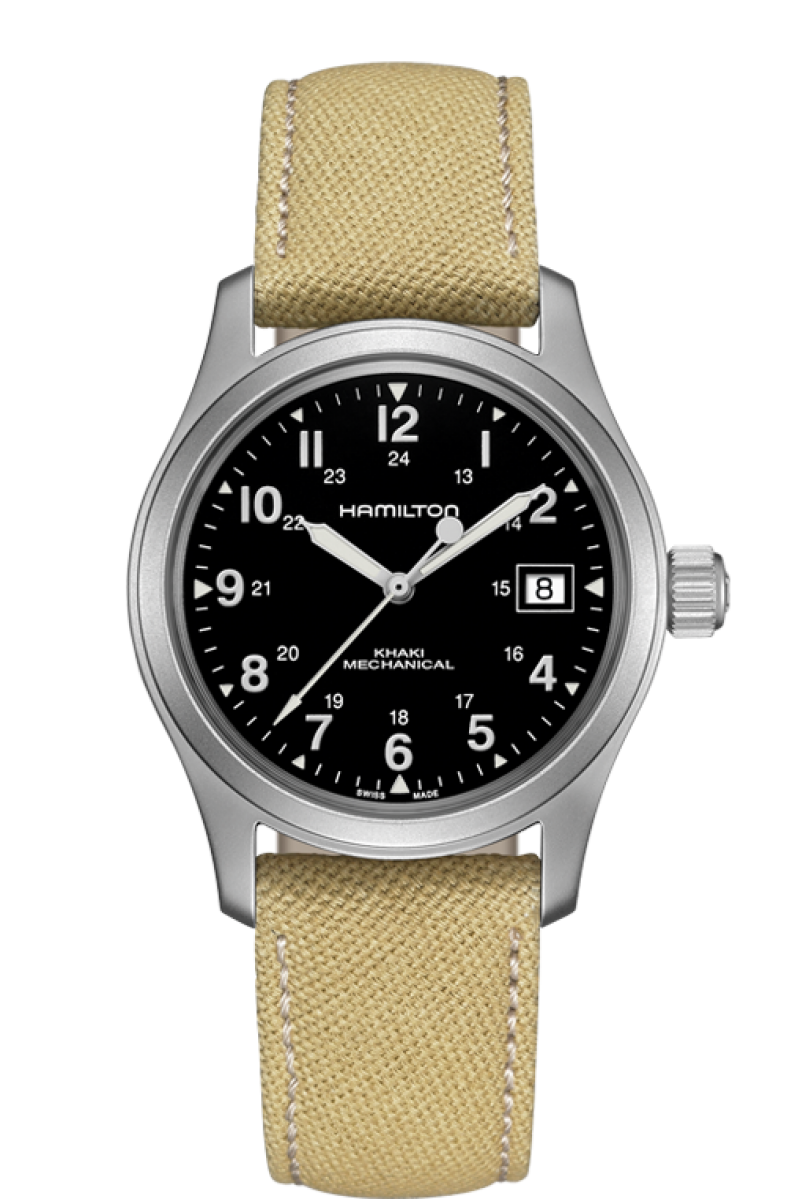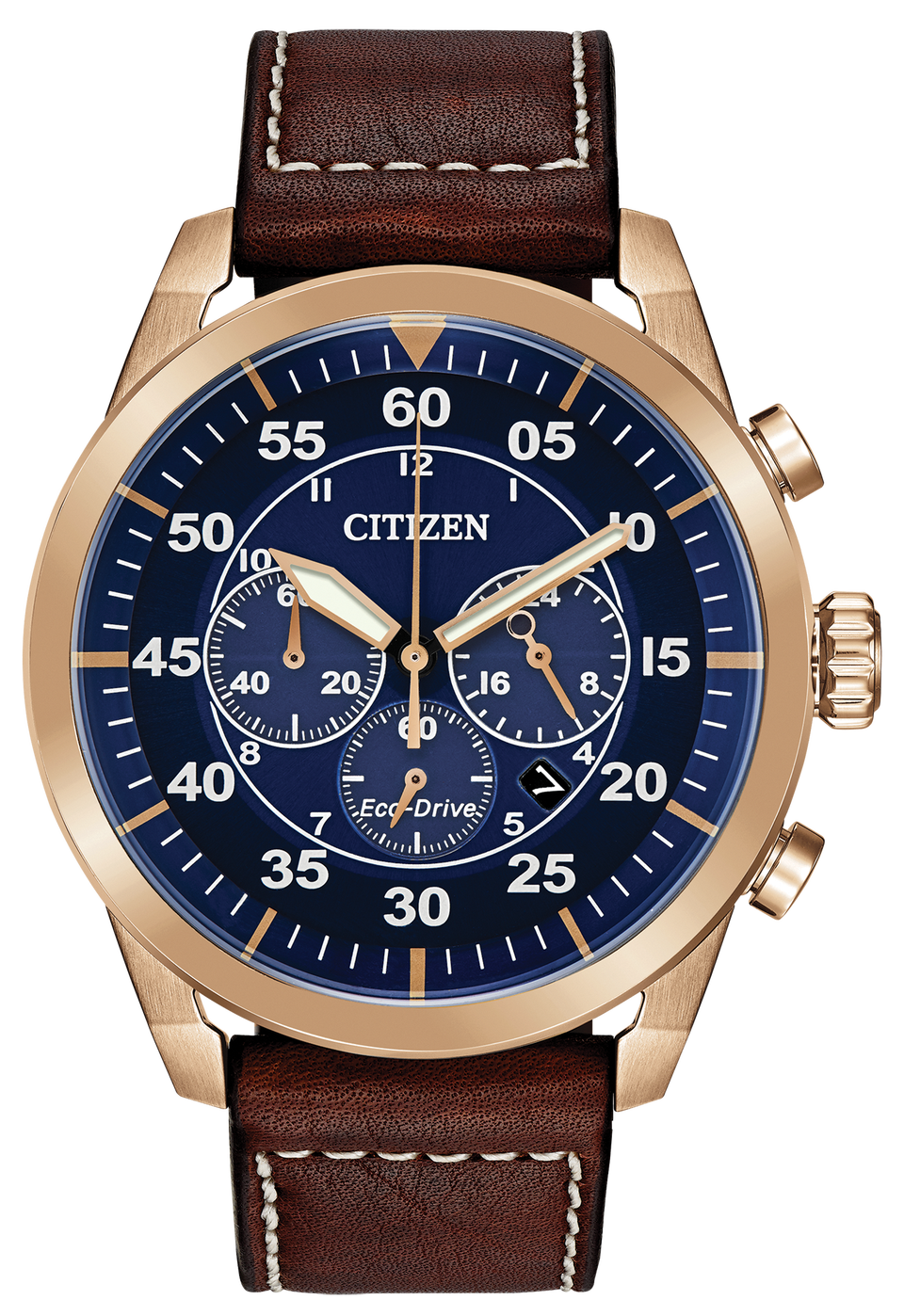“Can you recommend a good, inexpensive watch for my husband?”
I was around 20 years old, working the watch counter at Macy’s during the holidays when a woman asked me that question. Full disclosure, I was not a horologist (a watch expert). All I knew was that if you worked in the jewelry department, you got a commission for each sale.
I showed the woman a bevy of watches from Fossil to Movado, from automatic to mechanical, all at various price points. I stuttered, trying to convince the woman which watches were of the best quality and struggling to remember what my manager told me about the intricacies of watches. She balked at a few $1,000 watches I showed her, saying they were too expensive. She eventually chose one: a Citizen with a stainless steel case and a rotating bezel for around $300. A “good watch,” an associate told me after I sold the woman her gift. Still, the question stuck with me: Is it possible to buy a good watch without breaking the bank?
Buying a watch can be intimidating. There are more distinct types out there than there are face sheet masks, all at various prices. But what makes an expensive watch different from an inexpensive one? (And for this story, we’re excluding fitness watches from the conversation, because they’re a whole other beast.)
“Watches vary from $50 to $500,000 for special collectors, limited edition or vintage watches. The trick is to figure out what you’re intending to buy before you purchase it. Are you thinking about functionality, style, longevity or all the above?” said Gary Girdvainis, publisher and editorial director of International Watch magazine. “Though the devil is in the details. What does it cost to make the watch you’re intending to buy?”
We asked three watch experts and a watch enthusiast to explain the difference between a cheap watch and an expensive one, and whether you’re getting the most bang for your buck when choosing an expensive one.
Engineering plays a huge part in a watch’s value
“When it comes to inexpensive timepieces, most use basic materials mostly mass-produced,” said Sabir M. Peele, founder of Men’s Style Pro and a watch enthusiast. “There are several determining factors that set their value, brand legacy, materials, movement and man-hours to create the piece.”
To put it simply, the materials used to make the watch’s exterior, as well as the materials inside, can make or break a watch, literally. “It has a lot to do with engineering. Inexpensive watches are often mass-produced and have fewer parts, thus not as easy to regulate for accuracy,” said Edward Farber, one of two principals at the Aaron Faber Gallery in New York. “It’s not the exterior of the watch that counts; it’s the engineering inside.”
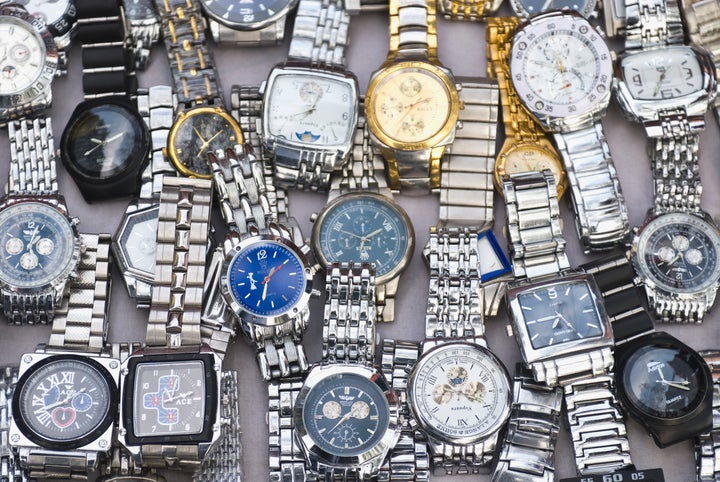
“You can find a wonderful inexpensive watch, but you have to ask yourself, will it hold up? Does the engineering allow it to be worn every day and take the jolts of life? Will it scratch or break easily? Is it water- or shockproof? You have to consider the vulnerability of the watch in addition to its wearability,” added Faber.
“If you’re paying $50 for a watch, the parts ... could be anywhere around $6 or $7 dollars to make, versus a $500 dollar watch, which might cost $100 or more to make,” noted Girdvainis. “So, if the watch is cheap, chances are it was cheaply made.”
There are noticeable markups on watches
When you buy a brand-new watch, you have to understand that you’re paying for a certain amount of markup. Most brands are particularly secretive about production numbers, costs and the tools needed for engineering, but it’s been estimated that the markup could be up to 100%. “It depends on the price range,” said Tim Mosso, a watch specialist and the director of media for WatchBox. “The added-value cost to a manufacturer can encompass anything from research and development to product engineering to capital expended on tooling. For watches sold by mass-market brands such as Rolex, Omega and Breitling, most of the cost of a watch will reflect research and development, engineering, training and production equipment.”
Much of a watch’s value comes from its advertising
There’s truth that the longer you keep a watch that’s of a good brand and works well, the more its value increases. And luxury watch brands spend millions on advertising each year that speaks to the prestige or exclusivity of a piece and how it’s manufactured. Yet most of a watch’s value comes from its advertising, as Faber noted. “Cartier, Rolex, Patek Philippe and all of the major luxury brands imbue a greater investment in marketing and advertising than other mass-market brands,” Faber told HuffPost. “They make their watches more exclusive, they engineer it better, and make it more difficult to obtain ― that adds to its value.”
“Personally, it’s hard to assess a watch’s value because they have such personal intrinsic meaning to most people,” Peele said. “Maybe it was a gift from a relative that passed away or you received it as an award from work. To me, its value is weighted in its versatility. Can I wear it every day or with what I’m wearing at the moment? Can I swim with it or travel? A watch’s versatility is its true value.”
Emotion, like design, plays a major role
Much like any accessory, a well-designed watch can not only meet a buyer’s physical needs, but it can also have a psychological component.
“There’s the emotional appeal of wearing something that’s not another disposable solid-state sealed box. As time passes, the enduring qualities of a watch become more pronounced; you grow to associate it with every vacation, promotion, good times, bad times, and life milestone you encounter,” Musso said.
Do your homework on watches before you buy
“Google is your friend. Look to online communities of watch collectors, journals and blogs to do some research,” Musso said. “There are plenty of YouTube communities and websites that offer niche guides, reviews and the basics in looking for any watch,” Girdvainis said. “The preowned market is pretty vast when it comes to watches, and you can find deals on quality luxury watches there.”
When it comes to watch buying, you don’t necessarily have to drop $20,000 for a good, high-quality watch. Below, check out a few options for men’s watches at all price points.
HuffPost may receive a share from purchases made via links on this page. Prices and availability subject to change.
